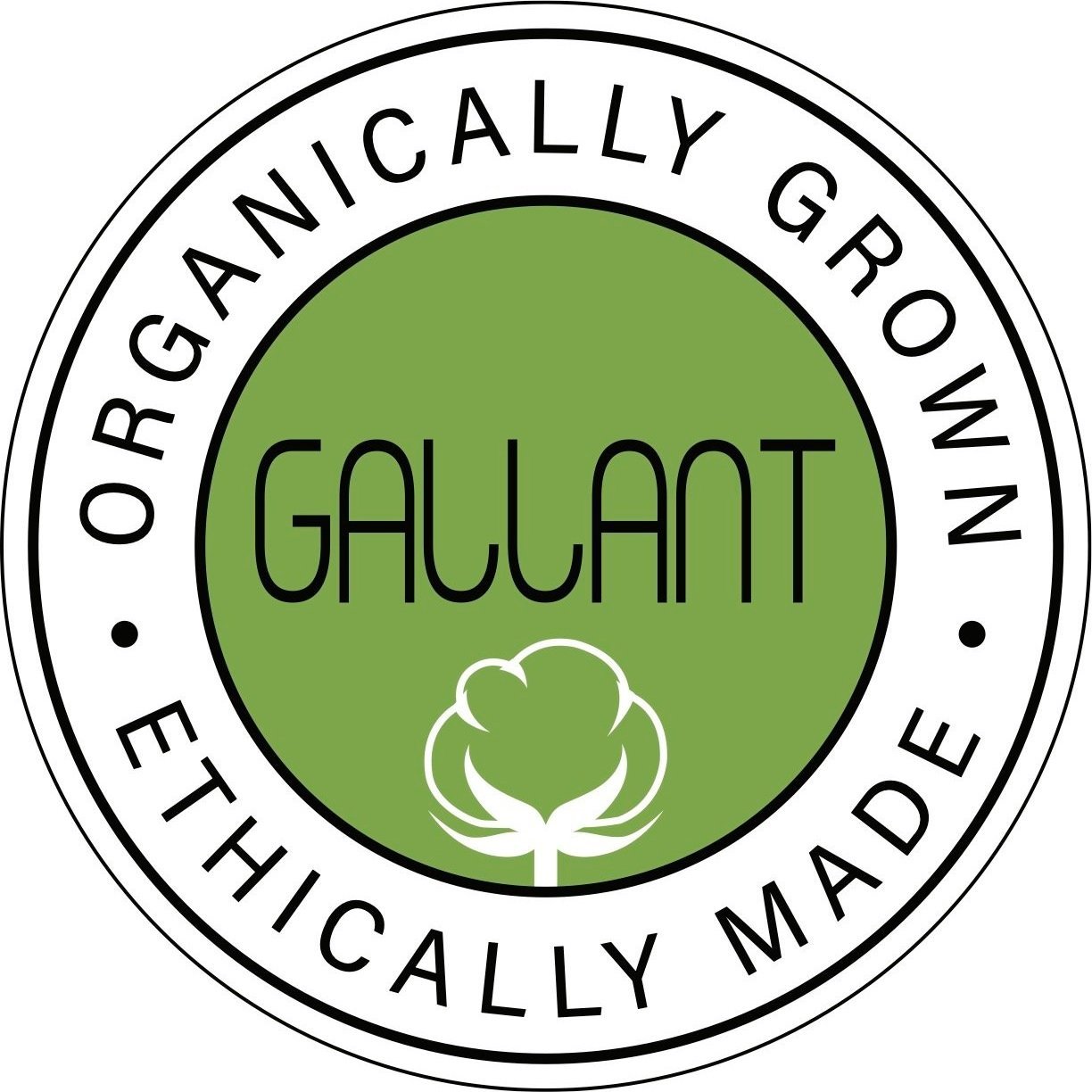What is Carbon Insetting? Why is it Important?
The bursting energy costs and the effects of climate change have brought the world to a standpoint where we cannot rely exclusively on carbon offsetting to meet our heroic sustainability goals anymore— enhancing our sustainability performance is the only solution left.
Sustainability is swiftly erupting the list of priorities for business enterprises, and net-zero has evolved beyond a phrase. It has now become mission-paramount.
Is Carbon Insetting A Replacement Of Carbon Offsetting?
We’ve all heard about carbon offsetting— most of us are aware that it involves an organization funding a decarbonization project for eliminating the maximum possible atmospheric carbon (neutralizing or compensating for their emissions). It could entail funding carbon-neutral programs, planting trees to capture the CO2 emissions, or engaging in other carbon-sequestering projects. Carbon offsetting is one of the prevalent pathways to net-zero, covering about 210 million metric tonnes of carbon in 2020. While the number sounds credible, it is only 0.4% of total global emissions— this reveals that carbon offsetting, in a way, camouflages the limitations of emissions reductions. And, according to a Bank of America research report, we need 50 times more to fulfill the 2050 net-zero greenhouse gas emissions goals. It has now boiled down to taking greater responsibility for making our businesses more sustainable— placing carbon insetting as the headline.
Is carbon insetting a substitute for carbon offsetting?
Carbon insetting does not substitute carbon offsets— it is in conjunction with offsets and emissions-reduction initiatives. An increasing number of organizations are already engaging in carbon insetting initiatives within their business operations.
What makes carbon insetting different from carbon offsetting is that, here, businesses collaborate with their vendors or suppliers to mitigate incidental emissions generated across the distribution network and supply chains. Meanwhile, carbon offsetting involves companies and organizations investing in carbon reduction activities that may or may not relate to their business operations.
Additionally, carbon insetting enables companies to concentrate on more environmentally friendly activities for lowering their emissions— taking sustainable measures such as on-site power generation, upgrading to energy effacement equipment, switching to an alternative energy source, etc.
While carbon offsetting and insetting both involve capital investment, insetting assures that the investment remains inside the production chain of the company. Businesses can tap into different decarbonization possibilities that are rewarding for everyone associated by combining efforts with their supply chain partners rather than investing in projects outside of the organization.
Ways To Improve Sustainability Performance
Given the climate change threats and recent COP26 talks, more organizations are now adopting the Sustainable Development Goals (SDGs). What businesses can further add to their efforts is ensure that the projects they undertake are deeply intertwined with the SDGs they choose— to facilitate concrete impact on the communities they serve.
Carbon offsetting has a shady history as a CSR activity. Companies have been chastised for investing in initiatives that do not achieve the claimed carbon reductions— utilizing the programs as an excuse to avoid reducing emissions in their operational processes. However, now, businesses must work to reduce their carbon footprint given that Scope 3 emissions make up (indirectly) the majority of their overall impact. EPA categorizes Scope 3 emissions as the outcome of actions from assets that the company does not own or monitor but which indirectly penetrates the total value chain impact.
Scope 3 emissions include all sources not within an organization’s scope 1 and 2 boundaries. The scope 3 emissions for one organization are the scope 1 and 2 emissions of another organization. Scope 3 emissions, also referred to as value chain emissions, often represent the majority of an organization’s total GHG emissions.
Source: EPA
Pepsi and BT in a recent report revealed that their Scope 3 emissions now account for about 90% of their overall carbon footprint. Meanwhile, companies like The Body Shop, Nespresso, Ben and Jerry’s are among the handful of the corporations actively engaged in insetting efforts.
Carbon insetting can assist organizations better in meeting their objectives— putting a cap on their Scope 3 emissions by implementing carbon reduction strategies throughout their supply chains. Businesses, by lowering their internal carbon output, can also help their suppliers minimize their carbon pollution.
Final Thoughts
Carbon insetting isn't a fresh concept or term— instead of introducing more phrases to the already bloated sustainability vocabulary, it brings sustainability and acquisition under one umbrella— instead of paying big bucks for carbon offsets, investing the same dollars to enhance their supply chain.
Many business CSR initiatives today can be defined as insetting, and sustainability is fast expanding to supply chain management. Regardless of the level an organization’s path to net-zero is, now is the moment to kickstart a grounded and accountable long-term plan to get there. Most importantly, energy-intensive organizations (almost all the players of the business industry) have a big part to play in this fight against carbon emissions and climate change. Imperative investments in research and adaptation are required to promote those who are most vulnerable to climate change. Actions must be implemented swiftly to cut greenhouse gas emissions and for securing the future.
With everything that's happening around the world— the latest COP26 climate change goals— the worsening impacts of climate change on the planet, human health, and the world economy— what better time to consider how you can push your company towards refining your sustainability efforts than now!
